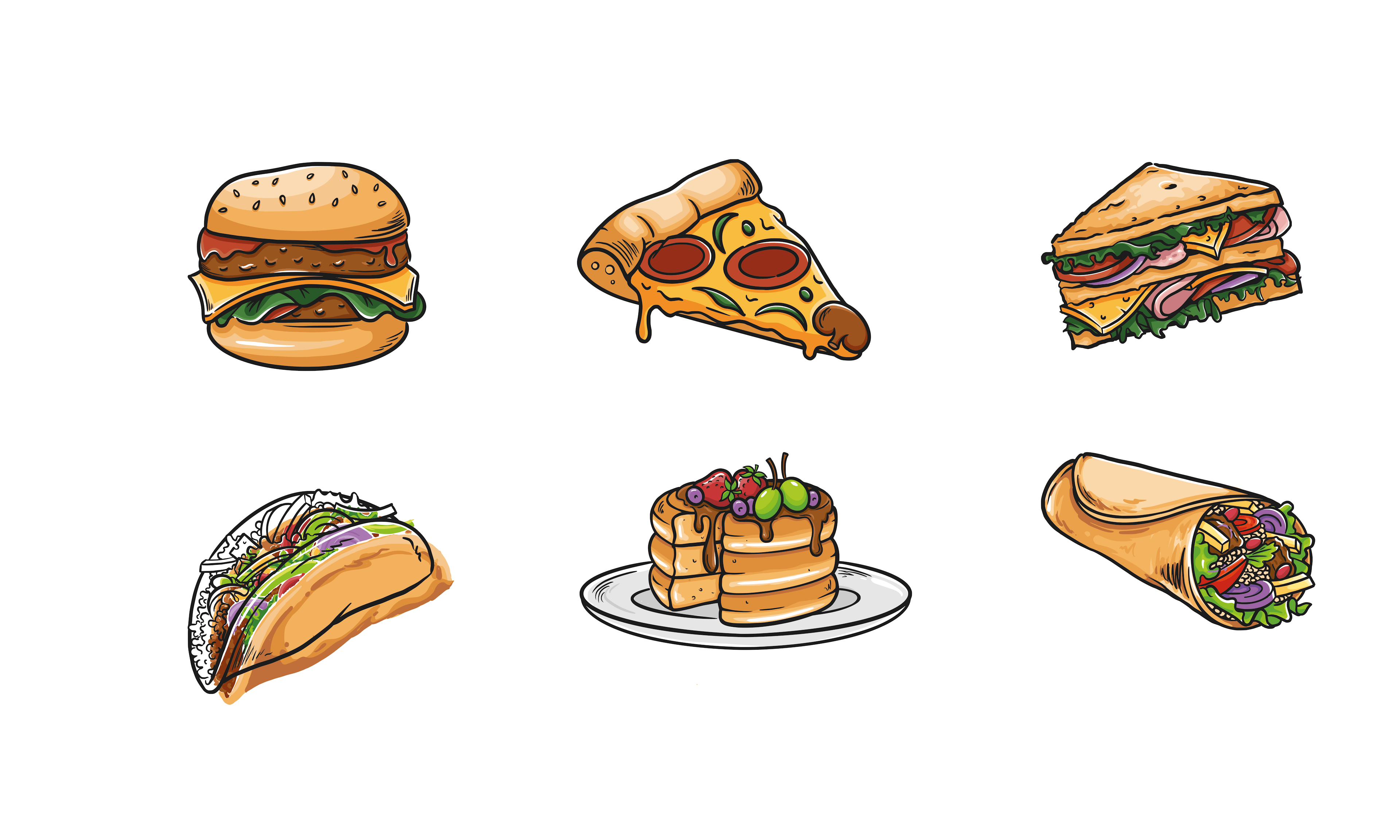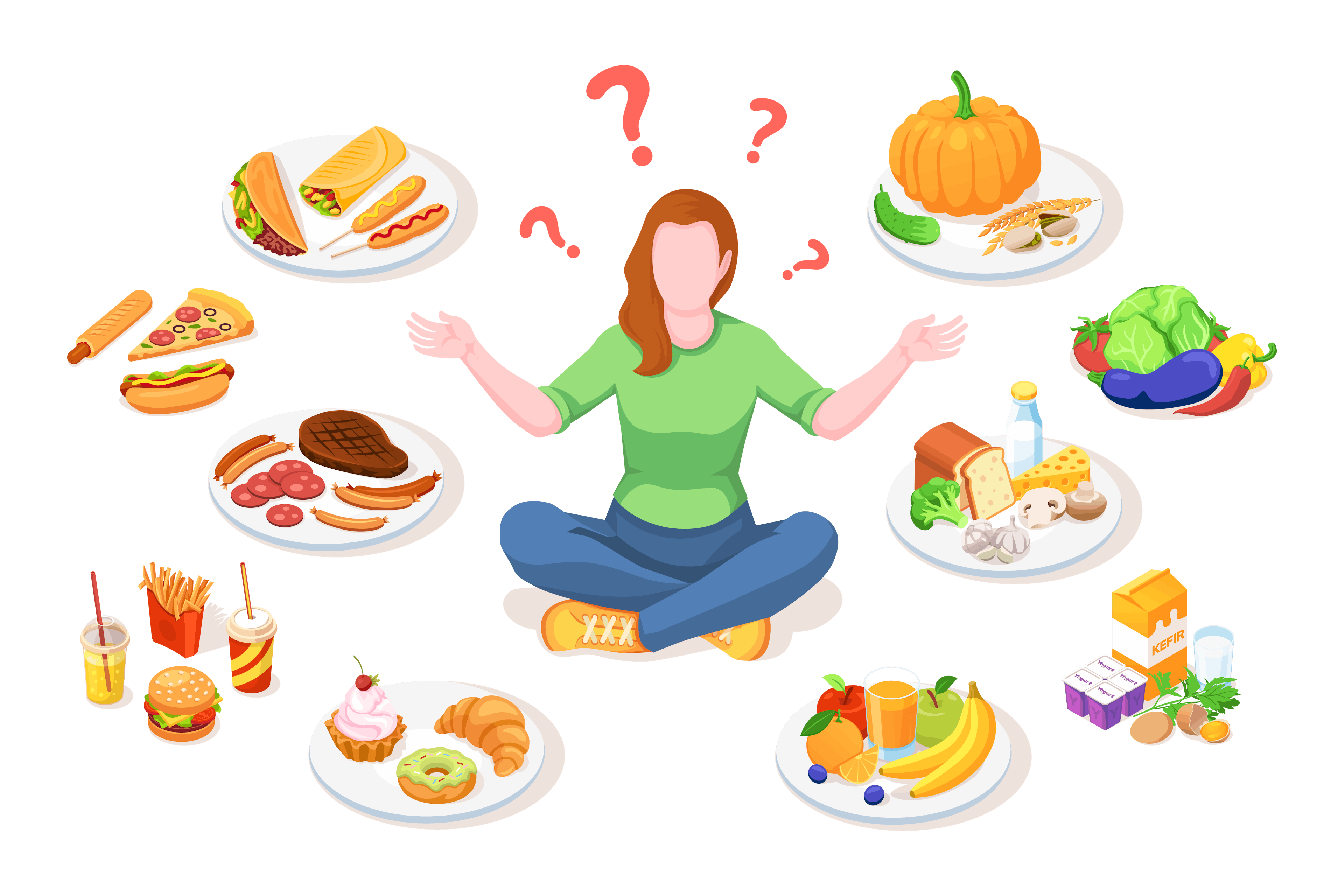What is Food Noise?
Food noise refers to repetitive thoughts about food, cravings, or an overwhelming preoccupation with eating. This phenomenon isn't simply a lack of willpower; it's often driven by complex signals in your brain and body [1].
Hormones, the brain's reward pathways, and emotional triggers can all contribute to these cravings [1].

The Science Behind Silencing Food Noise
GLP-1 medications work by targeting multiple mechanisms in the brain and body that drive food noise.
How GLP-1 medications help silence food noise [2]:
1. Regulating Hunger Signals
GLP-1 is naturally released by your gut after eating. It signals your brain that you're full by acting on the hypothalamus, the brain's control centre for appetite. GLP-1 medications amplify this signal, reducing the frequency and intensity of hunger pangs [3].
2. Slowing Gastric Emptying
These medications slow down how quickly food leaves your stomach. This not only keeps you feeling full longer but also reduces the highs and lows in blood sugar that can trigger cravings [4].
3. Modulating Brain Reward Pathways
Food cravings are often linked to the brain's reward system, particularly the release of dopamine when you eat certain foods. GLP-1 medications reduce the activity in these reward pathways, making high-calorie, sugary, or fatty foods less appealing [5].
4. Reducing Emotional Eating
By stabilising blood sugar levels and calming the brain's reward centers, GLP-1 medications can help mitigate the emotional triggers for eating. This is especially beneficial for those who struggle with stress-related overeating [5].
What Does This Feel Like?
Imagine walking past a bakery or scrolling through your social media feed and feeling an intense urge to indulge in the foods you see, hear, or smell—even if you’re not hungry.
This is your brain’s mesocorticolimbic system at work, expertly reacting to food cues and triggering cravings [1]. These cravings are powerful motivational forces that drive you to seek out and consume food, often beyond your physiological needs.
In today’s environment, where food ads and cues are everywhere—from sizzling sounds in commercials to vibrant images on digital platforms—these responses can feel overwhelming, leading to persistent thoughts about food and increased consumption [1].
For some individuals, this reactivity is heightened, creating an almost constant mental chatter about food, referred to as "food noise." It’s not just a passing craving; it can dominate thoughts and fuel maladaptive eating behaviors, particularly in those prone to overeating or living with conditions like binge-eating disorder.
GLP-1 medications appear to dampen this food cue reactivity, helping to quiet the mental preoccupation and intrusive thoughts about food [1]. For many, this feels like a newfound sense of freedom—liberation from the constant noise, allowing them to focus on nourishment rather than impulse.
How You Can Maximise Your Results on GLP-1
While GLP-1 medications are powerful tools, they work best when paired with healthy lifestyle changes. Here are some tips to amplify their effects:
1. Listen to your body:
With reduced food noise, you might notice you're satisfied with smaller portions. Honour this feeling and avoid eating out of habit.
2. Balanced diet:
Choose foods high in protein, fibre, and healthy fats to support your body's needs.
3. Build healthy habits now:
Now that cravings are quieter, use this opportunity to practice mindful eating.
Considering GLP-1 treatment for weight loss?
Moshy makes it easy for women in New Zealand to access doctor-guided weight loss program from home. Take our free online quiz to see if GLP-1 medication like Wegovy could be right for you.
Our online quiz is quick, free, and helps match you with the right treatment and support, all from home.
